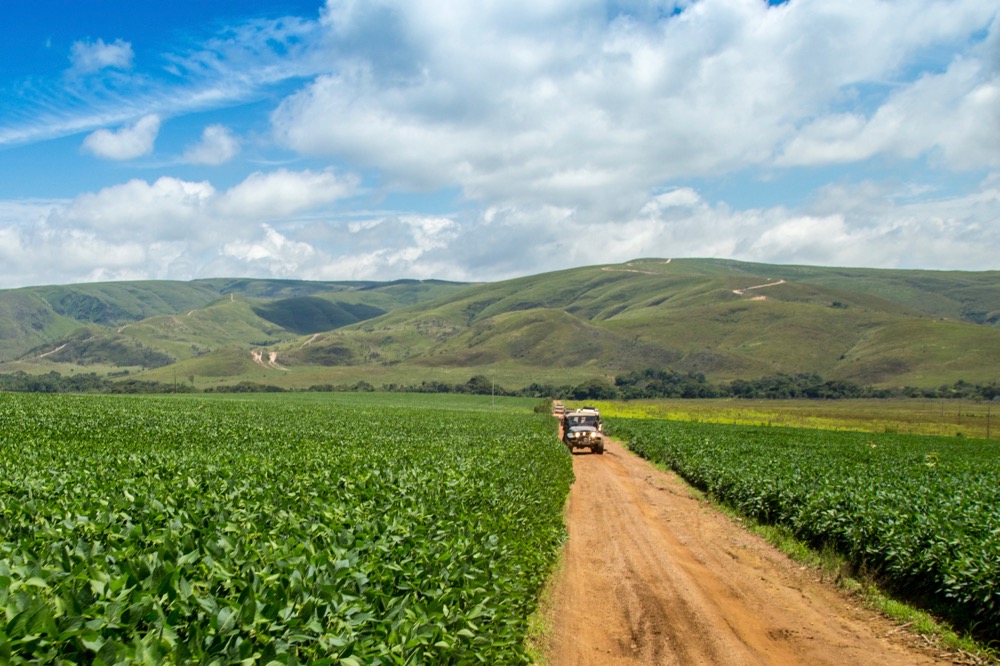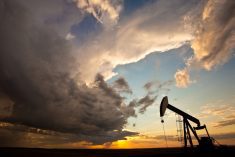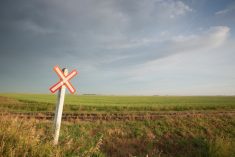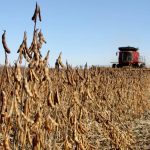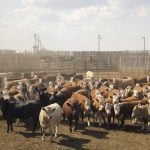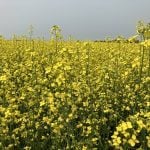There is a 71 per cent chance of La Niña weather conditions developing during the September to November period, a U.S. government forecaster said on Thursday.
The weather conditions are expected to persist through the January-March period next year, the National Weather Service’s Climate Prediction Center (CPC) said in its monthly forecast.
La Niña, a climate pattern that begins with colder-than-normal ocean temperatures in the central and eastern equatorial Pacific, is linked to both floods and drought, as well as an increase in the frequency of hurricanes in the Caribbean.
Read Also
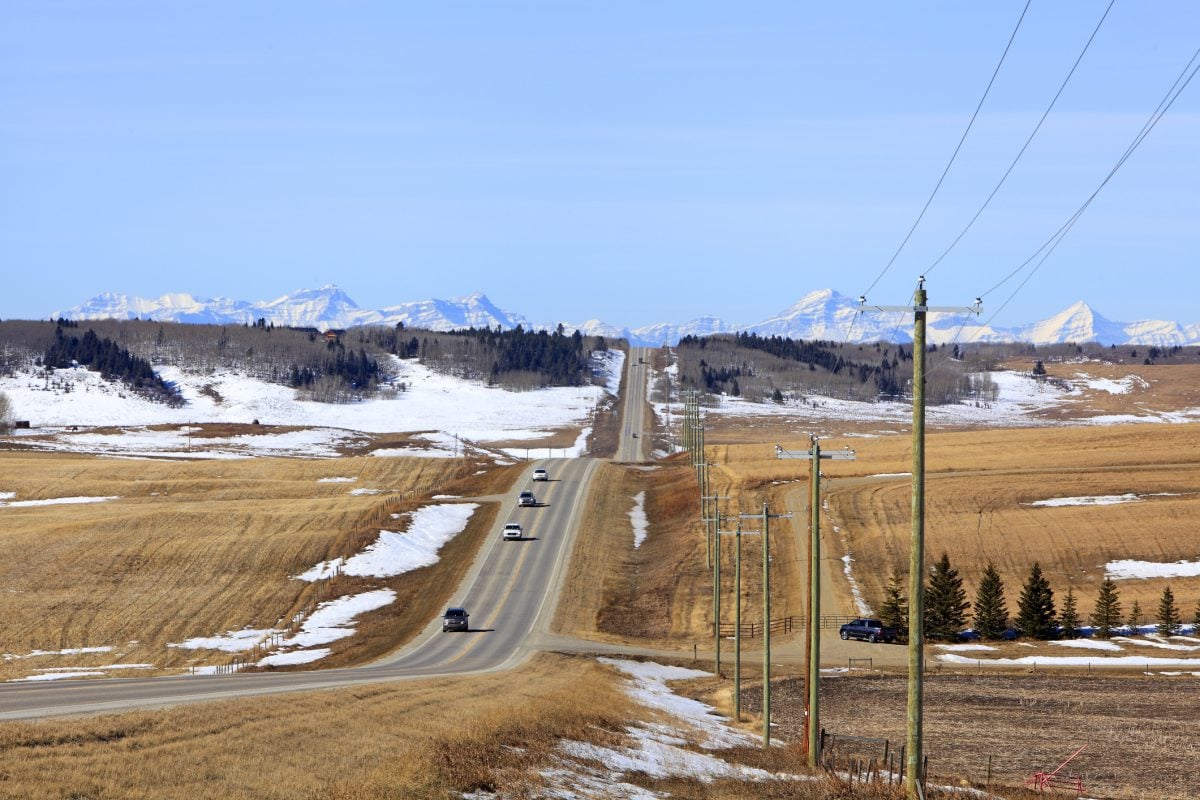
Prairie forecast: Quiet weather pattern continues with no big winter push
Alberta can expect mostly sunshine, light winds and mild temperatures for the first half of the forecast period. Saskatchewan and Manitoba can expect a moderate weather pattern with no major storm systems.
La Niña is expected to bring less rain and worsening drought conditions which could affect agriculture globally.
The cycle between El Niño, La Niña, and a neutral phase typically lasts two to seven years.
Earlier this week, Japan’s weather bureau said that there was a 60 per cent chance of a La Niña phenomenon occurring from now until winter in the Northern Hemisphere.
Brazilian soybean farmers could produce 14 per cent more in the 2024/2025 season, compared with the previous one, a Reuters poll showed, as expectations of more rain in the last quarter of the year rise.
“The agricultural and livestock sectors are clearly most at risk from the effects of La Niña with many of these areas key for the production for crops such as soybeans and corn,” David Oxley, head of climate economics at Capital Economics said.
“The typical La Niña may not materialize if the signal is weak. However, the main area to watch for dryness concerns and crop production reductions is the crop lands of Argentina, Uruguay and southeast Brazil during their summer,” AccuWeather’s lead international forecaster Jason Nicholls said.
—Reporting by Rahul Paswan in Bengaluru

